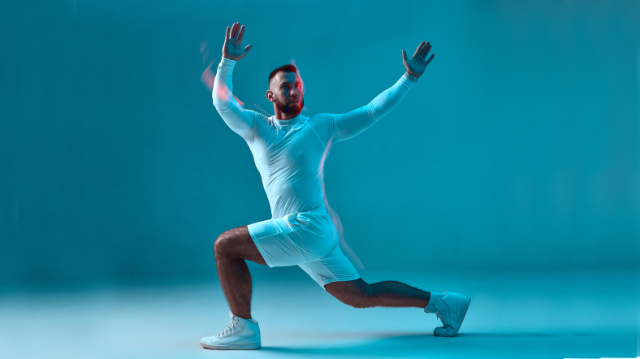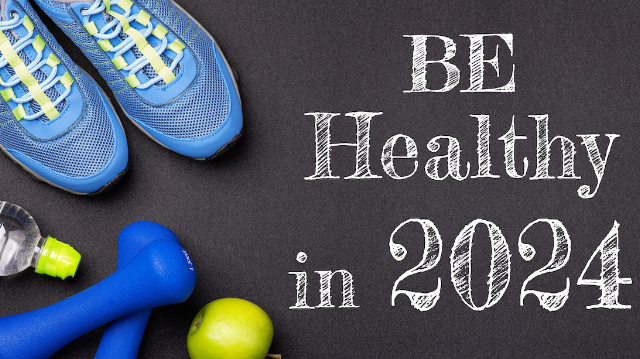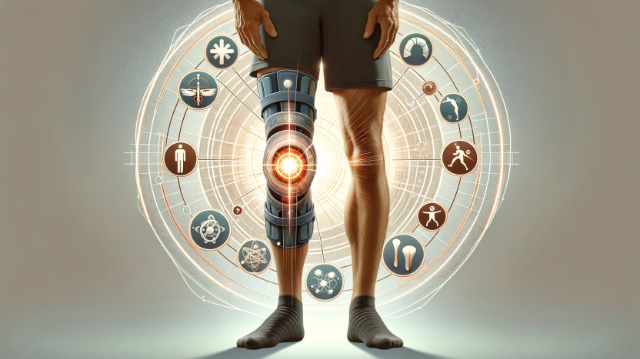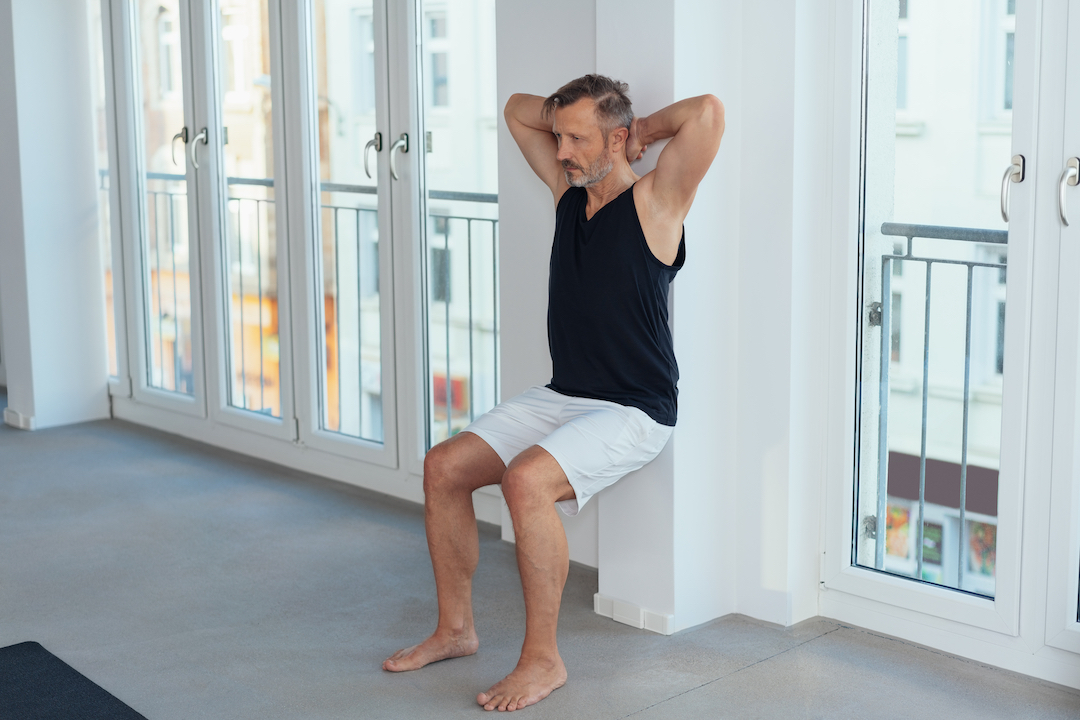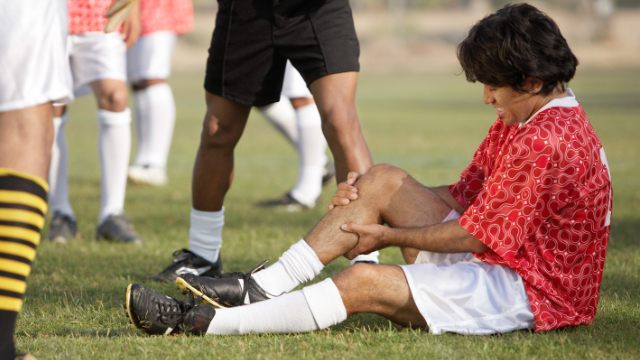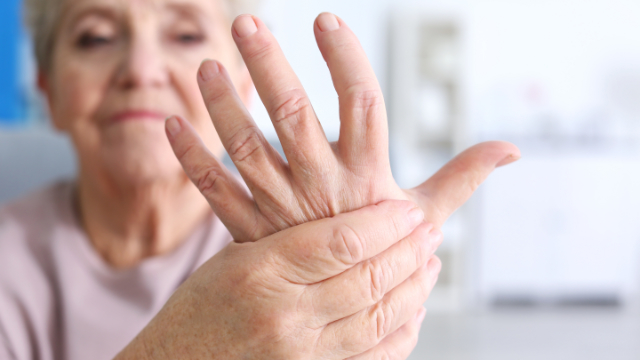
We often hear about the importance of getting enough sleep, but there's another aspect of our sleep that deserves equal attention – its regularity. A groundbreaking study published in “Sleep” journal (2023) has shed light on how the consistency of our sleep patterns can be a more critical predictor of our overall health and lifespan than merely the duration of sleep.
The Eye–Opening Findings
The study analyzed over 10 million hours of accelerometer data from 60,977 participants in the UK Biobank, focusing on the Sleep Regularity Index (SRI). This index measures the day–to–day consistency of sleep–wake timings. Remarkably, it was found that higher sleep regularity was linked to a significantly lower risk of all–cause mortality, including reduced risks of cancer and cardiometabolic mortality.
Participants with more regular sleep patterns (top four quintiles of SRI) exhibited a 20% to 48% lower risk of all–cause mortality compared to those with the least regular sleep (lowest quintile of SRI). These findings were adjusted for various factors like age, sex, ethnicity, lifestyle, and health parameters, making the results even more compelling.
Why Does Sleep Regularity Matter?
Consistent sleep patterns align better with our body's natural circadian rhythms, the internal clock regulating essential functions like metabolism, immune response, and mental well–being. Disruption in these rhythms, often caused by irregular sleep, can lead to adverse health effects, including increased risks of chronic diseases and shortened lifespan.
Limitations of the Study
While this study is pioneering in its approach, it's important to recognize its limitations. The data comes from a specific demographic (UK Biobank participants), which might not represent the global population's diversity. Also, the study relies on accelerometer data, which, though objective, might not capture the full complexity of sleep patterns and quality.
Key Takeaways for Your Sleep Health
- Consistency is Key: Try to go to bed and wake up at the same time every day, even on weekends.
- Monitor Your Sleep: Pay attention to your sleep patterns. Apps and wearables can help you track your sleep regularity.
- Lifestyle Adjustments: Align your daily routines with your sleep schedule. Regular exercise and avoiding caffeine late in the day can promote better sleep regularity.
In Conclusion
While ensuring adequate sleep duration is essential, maintaining regular sleep patterns is equally, if not more, vital for our health and longevity. By focusing on sleep regularity, we might be taking a significant step towards improving our overall well–being and extending our lifespan.
References:
- Windred, D. P., et al. (2023). Sleep regularity is a stronger predictor of mortality risk than sleep duration: A prospective cohort study. Sleep.
- UK Biobank.


